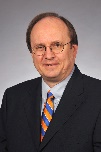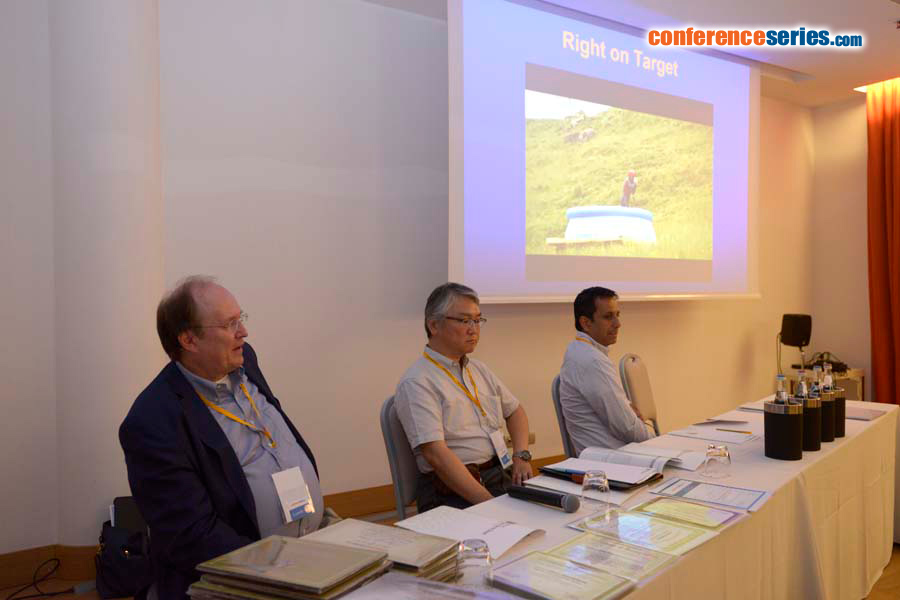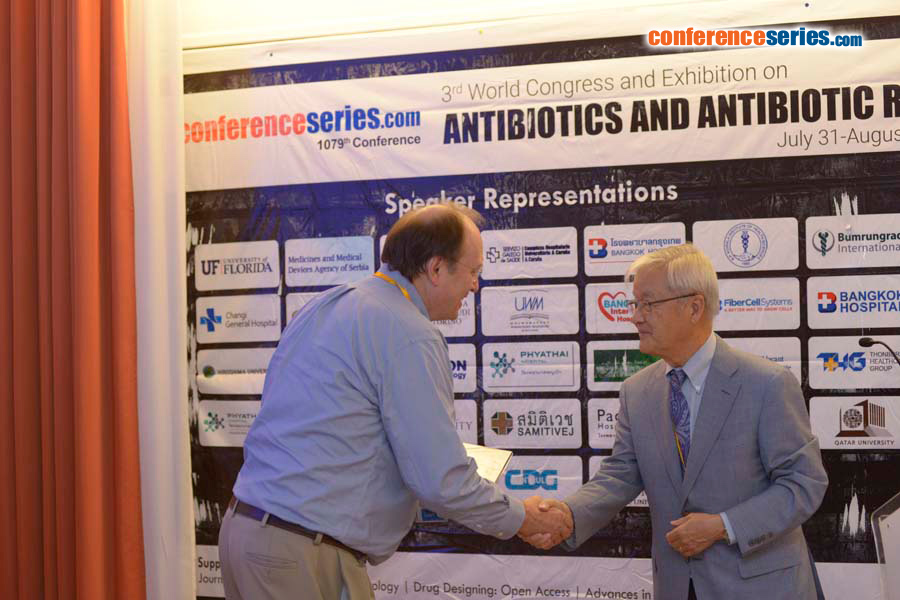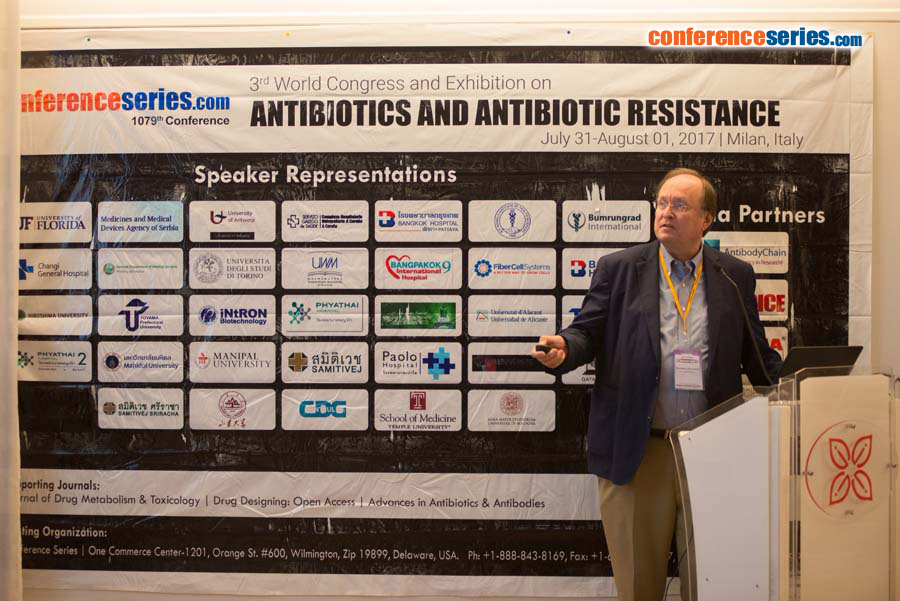
Hartmut Derendorf
University of Florida, USA
Title: Applications of pharmacokinetic/pharmacodynamic models for the development of antimicrobial agents
Biography
Biography: Hartmut Derendorf
Abstract
The cost of drug development has exploded in recent years and risen to a level that soon will no longer be affordable to society. One reason for the high cost of drug development is many unnecessary studies where the results could have been predicted with reasonable certainty. PK/PD modeling is a tool that can be used to collect and integrate all the available information about a drug candidate and its class in order to make rational decisions on studies that will decrease the uncertainty of the compound. In the drug development process, it bridges the complete cycle from discovery to clinical use. The advantage of this approach is to define objective go/no-go decision criteria for the development process rather than relying on subjective empirical decisions. There is no way that today all developing questions can be answered by experimental evidence, and modeling and simulation is a powerful alternative approach. This modeling and simulation approach is of particular need in the field of new anti-infective agents where the rise of resistance has become an international threat to society. However, very few drug companies are currently developing new antibiotics due to the poor perspective of return on investment. However, the cost of anti-infective drug development can be dramatically lowered by applying pharmacometric concepts and selection of some key experiments based on pharmacokinetic/pharmacodynamic (PK/PD) concepts. Using microdialysis, it is today possible to measure the local exposure at the infection site in both animals and humans. This PK information is much more useful than traditional serum pharmacokinetics. Furthermore, pharmacodynamic activities can be much better captured by analyzing time-kill curves rather than simple minimum inhibitory concentrations (MICs). Examples from various classes of antibiotic drugs will be presented where these concepts are applied and illustrated. Application of these concepts will help to develop new anti-infective treatments at low cost to combat resistance development with optimum efficacy and safety.






